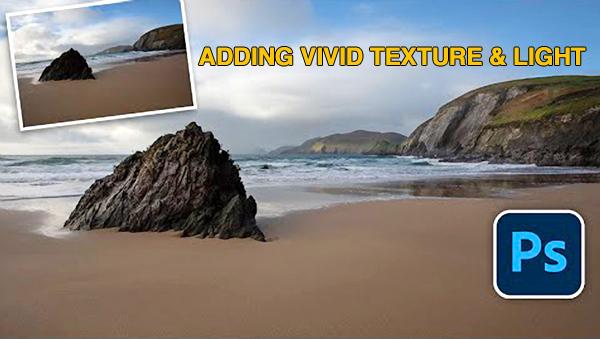Add Texture & Detail to Nature Photos by Painting with Light in Photoshop (VIDEO)

Sometimes you capture a really nice landscape photo that needs just a bit more punch. And that what you’ll learn to do in this quick Photoshop tutorial from one of our favorite image-editing instructors.
We frequently turn to Colin Smith of Photoshop Café for easy-to-follow editing tips that will significantly improve an image while retaining a clean, natural look. He prefers a subtle approach to post-processing, as you’ll see in the video below— beginning with a beautiful landscape shot and making it even better. The method discussed here involves painting with light using a “double-processed” Raw file.

While all this may sound complicated, Smith demonstrates how to get the job done in barely seven minutes. What this technique enables you do is selectively add vivid texture, detail, and a bit of light exactly where you want it in an image.
Smith’s approach actually works great for just about any daytime outdoor photograph, and we suspect you’ll turn to it often. He begins by demonstrating a unique way to straighten the image using the Ruler, rather than the Crop tool, that’s both fast and precise. Then he duplicates the layer and gets to work.

The next step is using Camera Raw to bring out highlights in the sample image. To do this Smith rasterizes the background layer and opens up the shadows. As he cranks up the shadows, more and more detail and texture becomes visible in the foreground sand and rocks. The real magic occurs when he creates a layer mask, so these adjustments aren’t retained throughout the entire scene.
Using his inverted layer mask, Smith selectively applies the enhancements by painting portions of the foreground with white. He explains how to choose a proper brush and demonstrates how easy this is to add detail and light in just the right places, while leaving other portions of the scene darker and moody. Then all it takes is a few final adjustments to finish the job.
You can find more editing advice on Smith’s YouTube channel, and in our recent tutorial demonstrating how to add extra space between cramped objects in nature photographs.
- Log in or register to post comments













































